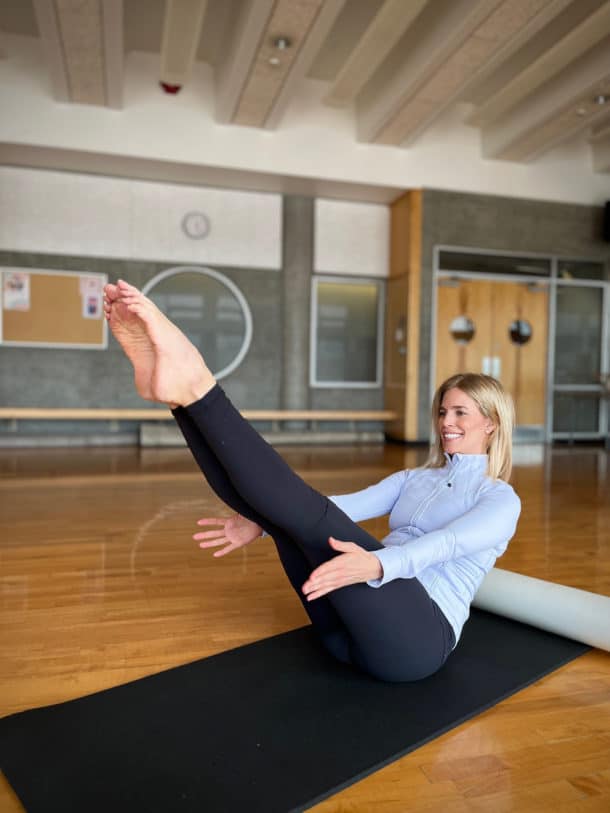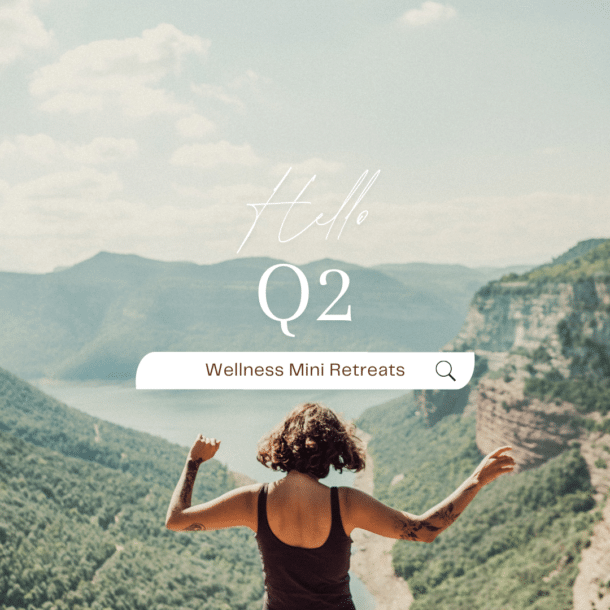Your likely lifespan is likely longer than you expect.
That’s the good news. However, according to the TIAA Institute, most people are underestimating their lifespan because a lot of factors go into determining how long you will likely live.
The definition of life expectancy versus lifespan is part of the issue. Life expectancy is the expected average number of years left at a given age which is most often measured from birth. It’s an average of everyone born in the same year which includes deaths of despair, deaths from suicide and deaths related to alcoholism and drug addiction.
Most people will live longer than average especially if they are wealthy. Lifestyle is a bigger factor than genetics now thanks to advances in modern medicine. Access to those advances and investments in lifestyle will not only help you outlive your ancestors but also exceed the average life expectancy.
How to estimate your lifespan
According to Social Security’s estimates of life expectancy that take longevity improvements into account, a man who makes it to 65 will live to 84, on average, while a woman who makes it to 65 will live to 87. For an individualized estimate, use the longevity calculator to get a better estimate of your lifespan. The calculator is supported by the American Academy of Actuaries and the SOA Research Institute.
The latest insights for expanding your lifespan
Most people are aware that physical activity helps them live longer. Many are also aware that strength training helps to ward off osteoporosis and sarcopenia as they age and that aerobic exercise improves cardiovascular health and boosts mental health. But what about flexibility?
“Flexiblity refers to the range of motion of muscle and connective tissues at a joint or group of joints.” – NIH, Health Related Fitness Measures: Flexibility
A new study published in the JAMA Internal Medicine found that flexibility also effects the length of your life. Participants in the study had 20 body joint movements assessed and each movement was assigned a score between 0-4. Those with a higher flexibility score reportedly had better survival rates for death occurring from natural causes than those with a lower score.
Flexibility extends your lifespan
The researchers concluded that people, especially those middle aged, should incorporate a flexibility routine into their day to extend their lifespan. They also recommended use of the “flexitest” during annual physicals.
Many physicians are reportedly waiting for more data to confirm the findings. If the flexitest is not part of your physical exam, there are three flexibility tests that you can do at home.
Assess your flexibility at home
Three test to assess your flexibility at home.
1/ Sit and reach test: Sit on the floor with your legs stretched out in front of you and reach towards your toes, keeping your knees straight. The further you can go, the more flexible your lower hamstrings.
2/ Apley’s scratch test: Reach one arm over your shoulder and touch the opposite side of your back while reaching the other arm behind your back to feel your fingers. If your fingers can touch, it indicates good shoulder joint flexibility.
3/ Thomas test: Lie on your back at the end of a bench or table and pull one knee towards your chest, with the other leg hanging off the edge. A flat hanging leg rather than flexing at the hip demonstrates hip flexibility.
Flexibility exercises to extend your lifespan
Flexibility exercises are activities that improve the ability of a joint to maintain the movement necessary for carrying out daily tasks and physical activity.
Two types of stretches
1/ Static stretches involve holding a stretch for 15 to 60 seconds without bouncing, allowing the muscle to relax and lengthen. Examples include poses like a seated butterfly stretch, ear-to-shoulder neck stretch, or downward-facing dog.
2/ Dynamic stretches involve controlled movements that take you to your range of motion limit, Rather than stretching and holding, these include movements such as arm circles, lunges, or squats.
Practices that improve flexibility and do more
These practices will not only help you improve flexibility, they are an effect way to increase muscle strength, maintain bone density, improve balance and reduce joint pain.
Look for certified professionals and classes appropriate for your health status and fitness level.




